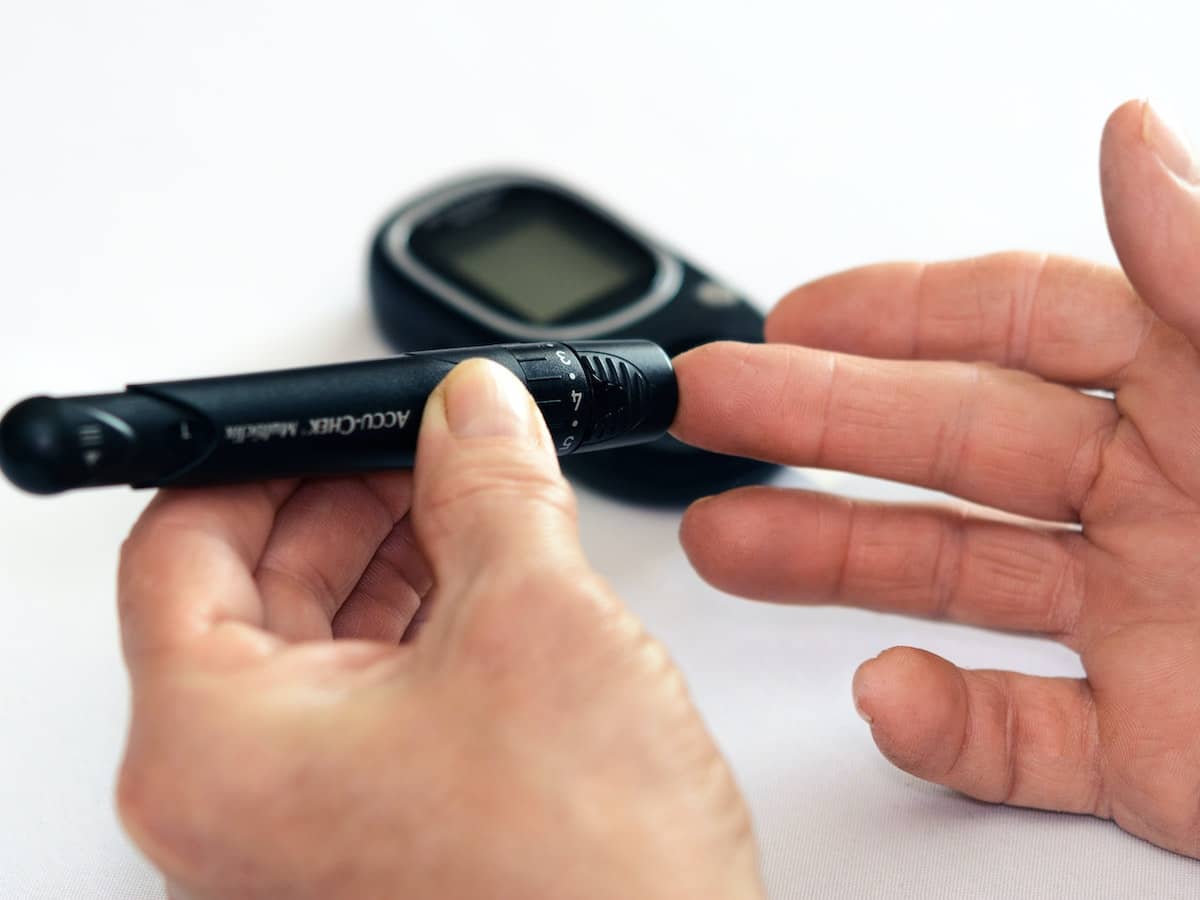
Do you ever feel like everyone is suddenly an expert about something, even though they’ve never experienced the circumstance? Everyone feels like they’re an expert just because they read an article on their social media feed or an article on WebMD. Diabetes is one of the most common medical diagnosis within the United States’ population. According to the American Association of Diabetes Educators, there are 30.3 million people with diabetes (9.4% of the US population) including 23.1 million people who are diagnosed and 7.2 million people (23.8%) undiagnosed. While those are surprising numbers, the individuals experiencing prediabetes is staggering. 84.1 million adults (39% of the adult U.S. population) have prediabetes, including 23.1 million adults aged 65 years or older.
It’s important as a society that we utilize this information to educate others and work together to bring awareness to such a common diagnosis. Sharing strategies with those who are at risk or family members of those individuals, is a great way to prevent other cases. In addition, if everyone works to promote self-management education and create a support program then there will be more ‘real’ facts and less ‘false’ notions.
To begin the process, we must debunk the misconceptions which shadow the true information.
Myth #1: I do not need to test my blood sugar because I already know when it’s too high.
The truth is no one can accurately identify whether his or her blood sugar is too low or high. Even those individuals who’ve battled diabetes for years do not have the ability to know a hundred percent that their levels are stable. Most people who have diabetes believe that they’ll feel ill when their sugar level becomes too high. A diabetic patient should test their sugar levels daily to assure that their health is in good condition.
Myth #2: Diabetic patients cannot get tattoos.
Did you know that a lot of diabetic patients actually get medical alerts, about their condition, tattooed on themselves? Now if your diabetic condition is out of control then your tattoo may not be able to heal properly—and that’s why tattoo artists often ask whether or not their customers have diabetes.
Myth #3: Type 1 diabetes causes pregnancy complications.
The film Steel Magnolias created a bit of a myth amongst diabetic patients bearing a child. Even though pregnant women are treated as high risk, there are thousands upon thousands of women with diabetes have babies every year.
Myth #4: Individuals with diabetes experience severe mood swings.
Okay, so there is some truth to this myth. Statistics have revealed that depression is more than twice as common among people with diabetes in comparison to the general population. This instance is associated with blood sugar levels; however, mood swings have several other influential circumstances that also come into play.
Myth #5: Diabetic people cannot exercise.
There are no physical limitations due to diabetes. Now keep in mind, if a diabetic patient is not taking care of themselves then of course there will be issues—however, if an individual is taking proper care of their health and their condition then anything is possible. Physicians recommend that people with diabetes should be cautious of extreme activity because the exercise can cause a medicine imbalance or blood sugar levels.
Myth #6: Insulin shots are brutal.
Medical technology has evolved over the years—modern needles are much more thinner and shorter now. When the shot is administered, it is injected into fat layers under the skin on parts of the body where there are not a lot of nerve endings. Finger sticks are the much more painful insulin shot, but if mastered are not too bad.
Myth #7: Insulin causes massive weight gain.
This is a yes and no myth—unfortunately. Some diabetic experts and patients believe insulin does in fact cause weight gain, but this is very debatable. To understand the myth, you must first comprehend the blood sugar elevation process. Glucose leaves the body through urine, which eliminates some of the calorie consumption. However, when insulin treatments begin, those calories remain in the body—so if the patient consumes more calories than they’re burning, then he or she is more likely to gain weight.
Myth #8: Insulin can cause patients to go blind.
Insulin is very misunderstood because when it was first introduced medically, many patients were hesitant to begin injections; therefore, their diabetic condition was not good. Since many diabetic patients waited until major complications began, vision loss became a very possible reality. It’s crucial that patients communicate with their doctors and specialists. Individuals should advise their physicians of any health changes and/or concerns immediately.
Myth #9: Obesity causes diabetes.
This particular myth can be busted by looking closely at stats. The U.S. obesity rate is around 50% and the diabetes rate is a little less than 10%. If obesity, in fact, caused diabetes then the diabetes rate would be significantly higher. Studies have shown that the likelihood for diabetes lies within an individual’s genes. It’s crucial for diabetic patients to eat healthy and maintain a regular exercise plan.
Myth #10: Individuals with diabetes cannot eat sugar.
Every cell in the body actually lives on glucose because it is the energy source of life—since the body converts all food to glucose for fuel. A person with diabetes may not do well with high levels of sugar, but that doesn’t mean they cannot eat sugar at all. A diabetic patient must constantly pay attention to their blood sugar levels to assure that they are not too low or high.
Diabetes has many other myths associated with the diagnosis, but these ten are the most common. If you or your loved one suffer from diabetes, it’s especially important to stay educated on the diagnosis because there are new medical explorations and statistics being addressed in the news every day. A healthy diet, moderate exercise, and basic knowledge can greatly impact a diabetic patient’s well-being.

